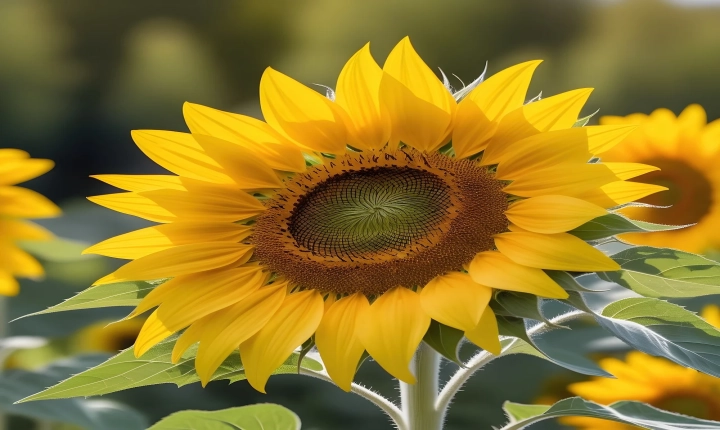Title: AI Weiwei and the Function of Art: A Powerful Tool for Social Change
AI Weiwei, a prominent Chinese contemporary artist and activist, has always been vocal about the power of art as a catalyst for change. Through his provocative and politically charged works, Ai Weiwei has consistently challenged authority and used his platform to advocate for human rights and social justice. His approach to art goes beyond aesthetic appeal; it is deeply rooted in the belief that art can serve as a potent force for societal transformation.
In discussing the function of art, Ai Weiwei emphasizes the role of art in questioning established norms, provoking critical thinking, and promoting empathy and understanding. He believes that art has the ability to transcend language and cultural barriers, effectively conveying messages and stirring emotions in a way that resonates with people across diverse backgrounds.
One of Ai Weiwei’s notable projects, “Sunflower Seeds,” showcased the labor-intensive work of producing millions of handcrafted porcelain sunflower seeds, each meticulously created by artisans. The installation serves as a commentary on mass production, individuality, and the limitations of freedom of expression in China. Through this work, Ai Weiwei challenges viewers to contemplate the human cost of industrialization and the suppression of individuality in society.
Furthermore, Ai Weiwei has used his artistic endeavors to shed light on socio-political issues and human rights abuses. His installation titled “Remembering” comprises 9,000 school backpacks, arranged to spell out the words “She lived happily on this earth for 7 years.” This poignant piece pays homage to the young victims of the 2008 Sichuan earthquake and highlights the government’s responsibility in the inadequate construction of schools, which led to countless casualties. By bringing attention to these injustices through his art, Ai Weiwei aims to spark conversations and incite action to address such systemic failings.
In addition to addressing specific incidents of injustice, Ai Weiwei also strives to amplify the voices of marginalized communities through his art. His documentary film “Human Flow” provides a poignant exploration of the global refugee crisis, capturing the stories of individuals forced to flee their homes due to conflict and persecution. Through this medium, Ai Weiwei offers a platform for these displaced individuals to be seen and heard, fostering greater understanding and compassion for their plight.
Ai Weiwei’s approach to art aligns with his belief that it should transcend the confines of a gallery or museum, serving as a medium for engaging with the broader society. He advocates for art as a tool for activism and social commentary, emphasizing the artist’s responsibility to address pressing societal issues and challenge the status quo. Whether through sculptures, installations, films, or social media platforms, Ai Weiwei has consistently sought to leverage art as a means of advocating for positive change and amplifying marginalized voices.
In conclusion, Ai Weiwei’s perspective on the function of art underscores its potential as a potent force for confronting social, political, and humanitarian challenges. By challenging established narratives, inciting empathy, and amplifying the voices of the marginalized, Ai Weiwei exemplifies the transformative power of art. Through his unwavering commitment to using art as a tool for activism and social change, Ai Weiwei serves as a compelling example of how artists can harness their creativity to catalyze positive impact in the world.
